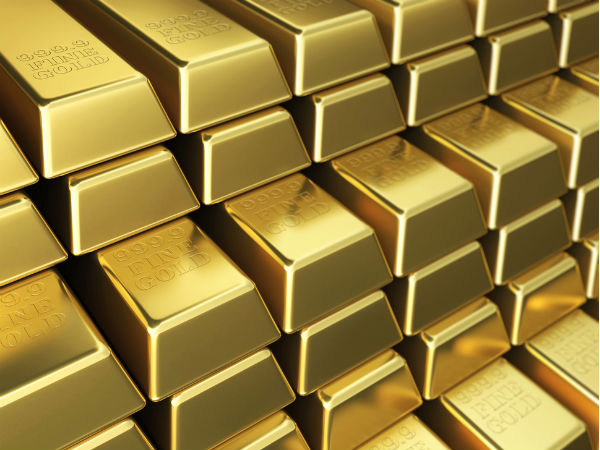Gold Facts You May Not Be Aware Of
We Indians love gold; wearing it, investing in it and accumulating it. It has been that way for centuries, considered the most valuable metal and a measure of wealth.
As it has been around for quite a while now, there are numerous interesting facts that we may not have paid attention to. Here are a few:

You can consume gold
Some of you may have seen sweets sold with gold leaves on them. It can be used in food to add some royalty value, however, there are no health benefits of eating it.
24 karat pure gold is chemically inert, which means that I will not be absorbed by your body and will be excreted right out. When the yellow metal is used in food, the purest form is generally mixed with silver (also inert) and will be harmless. But, it is best to avoid consuming too much.

Medicinal use
Liquid gold is injected to relieve the pain of those suffering from rheumatoid arthritis. The metal is also used in implants that can treat some types of ear and eye conditions.
As per the data on World Gold Council, nano-particles of gold could be used in the future to transport medical drugs inside the human body in a way that it directly delivers where it is needed.

Olympic gold metal isn't entirely made of gold
Before 1904, the winner at an Olympic event was awarded a silver medal while the one who finished second got a bronze medal. It was only during the 1904, 1908 and 1912 that the winners were given a medal made of gold. The use of the precious metal declined after World War II. Since 1916, Olympic gold medals are made from a 92.5 percent silver and a minimum of 6 percent gold.

Geographies
It is said that around 80 percent of earth's gold is still buried underground while around 1.61 lakh tons have been mined by humans. The precious metal can be found beneath all seven continents and an estimated total of 10 billion tons of it is in the world's oceans.
Two-thirds of the world's gold is procured from South Africa and India is known to be as the world's largest consumer of gold today.

Origin of the name
The chemical symbol of gold 'Au' is derived from a Latin word "Aurum", which translates to "shining dawn, while "gold" comes from an Old English word "Geolu" which means "yellow."

Physical features
Completely pure gold is so soft that you can be mold with the hands. Its melting point is 1,064 degree Celsius (2,063 degree Fahrenheit). It is an excellent conductor of heat (electricity), which helps it attain human body temperature immediately, making it suitable to be worn as jewellery.
It is also the most malleable and ductile pure metal known to man, which means it can be hammered and molded into shapes without becoming brittle.































